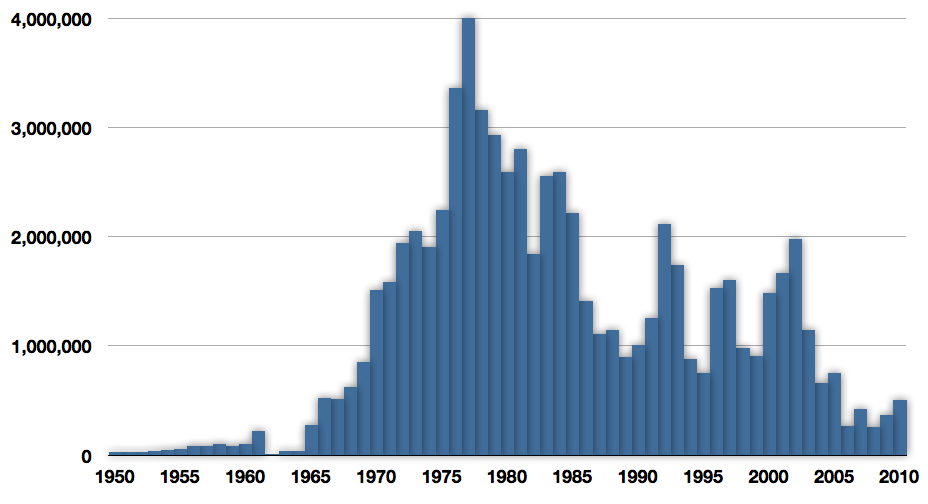Let’s say you want live sports, but you are at work. You are not allowed to watch the game on video, but there are several other options. One of them is to visit the event’s official website and use the section for live text commentary.
In text commentary, you will see a running log of the moments of the game. In football, the minute of the game serves as the lead, followed by a brief description of the action, e.g. “57′: Buffon saves a Ronaldo freekick by diving to his left.”. In cricket, you have the over and ball, followed by what happened, e.g. “17.4: Two runs. Kohli drives the ball to long-off, but Watson is in position to prevent the boundary.”
Not only sports, but other events like parliamentary sessions, seminars and board meetings are published the same way, e.g. “10:32 am: Mr. John Doe, Member of Parliament from Acme constituency, takes the mic.”
Let’s take this to the world of technology, with sensors recording the current temperature or an online analytics tool that watches every minute you watch a movie online, shop or read a blog. These tools record a minute-by-minute about what’s going on in the surroundings or what the user is doing on a website. In fact, minute-by-minute is an understatement and it is rather microsecond-by-microsecond. To help record this, the world of technology uses a special type of database called the time-series database.
Continue reading “Follow the trend, use time-series DB” 
